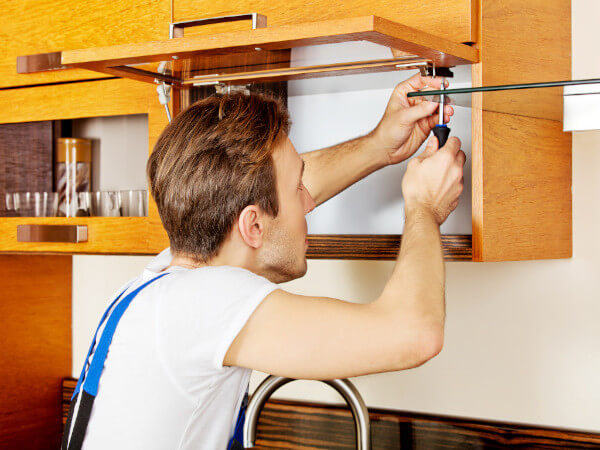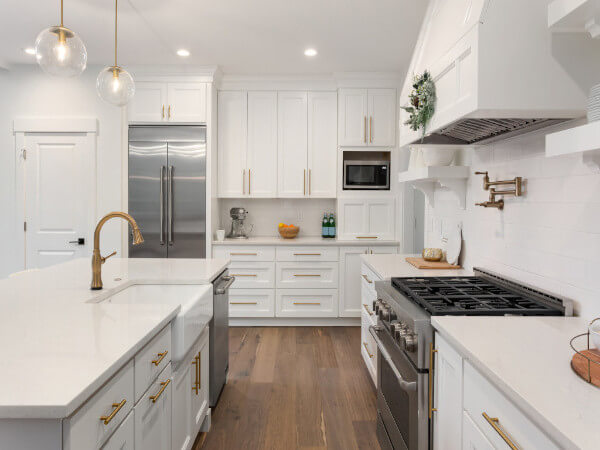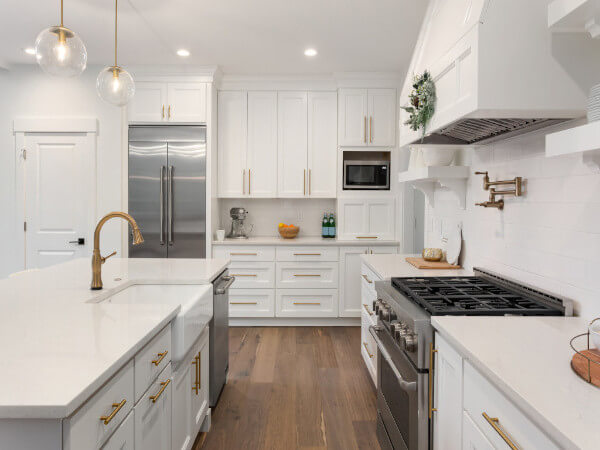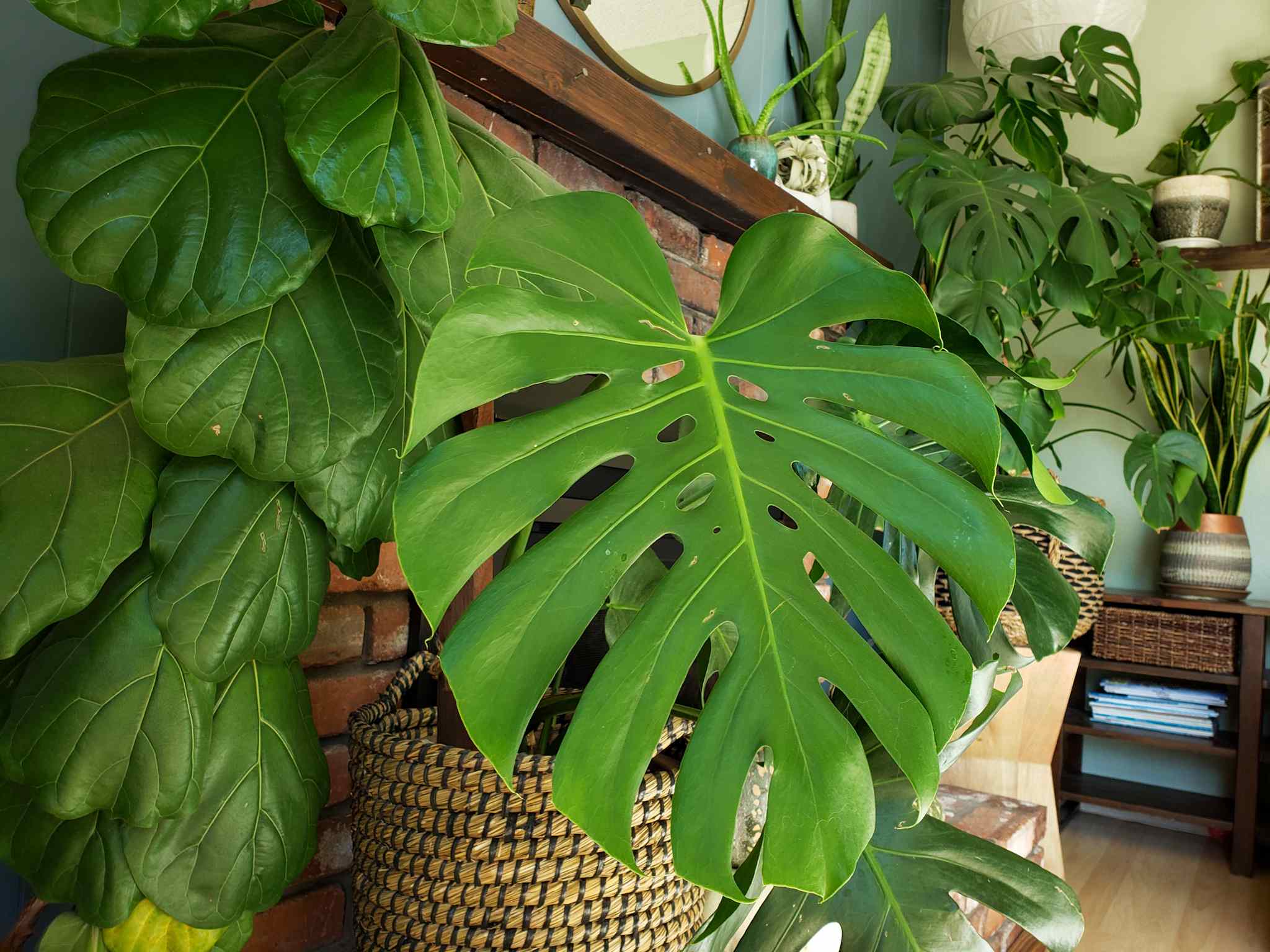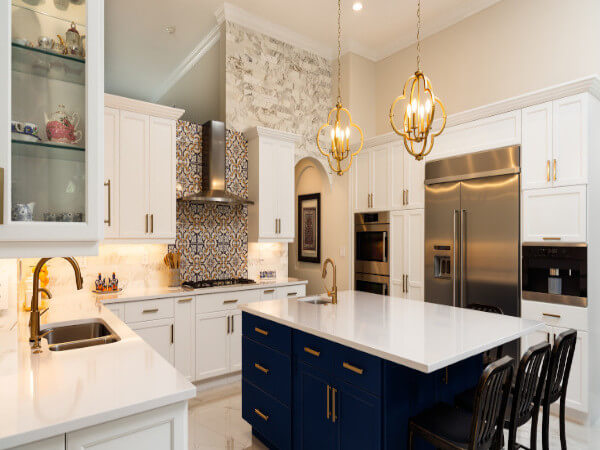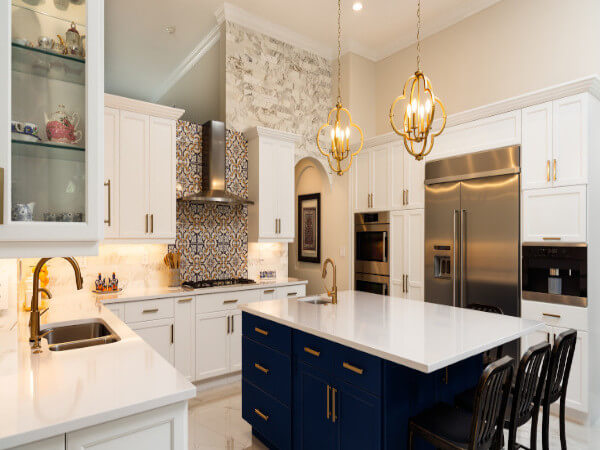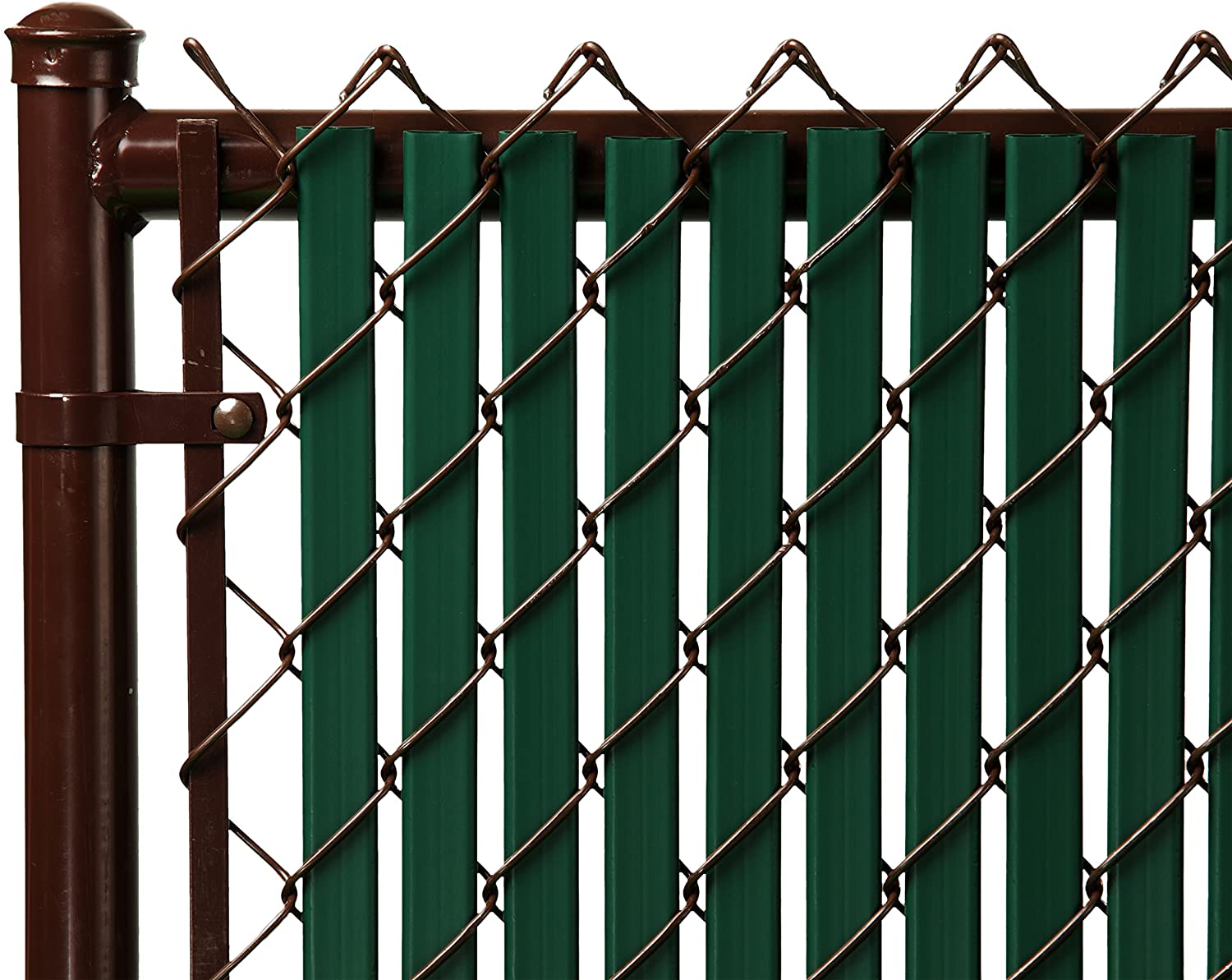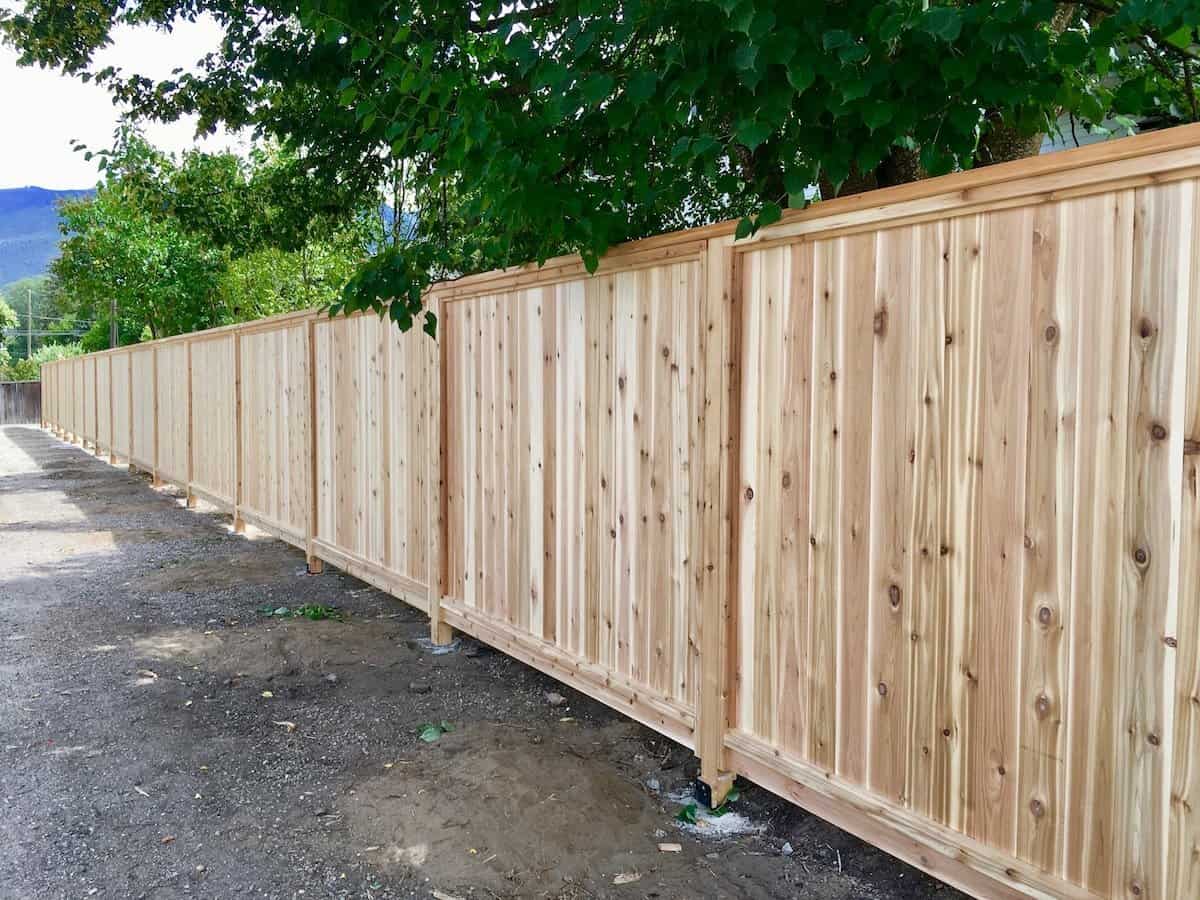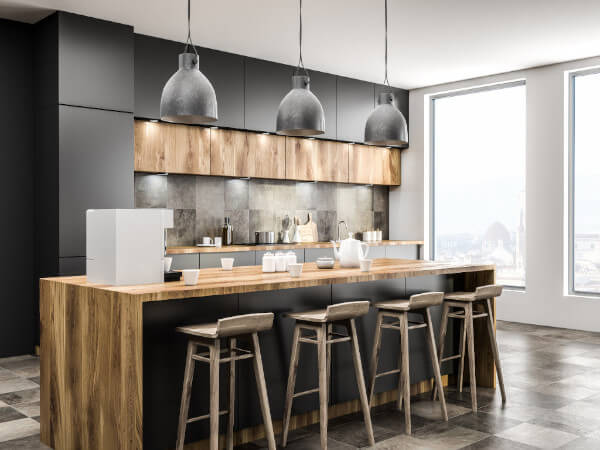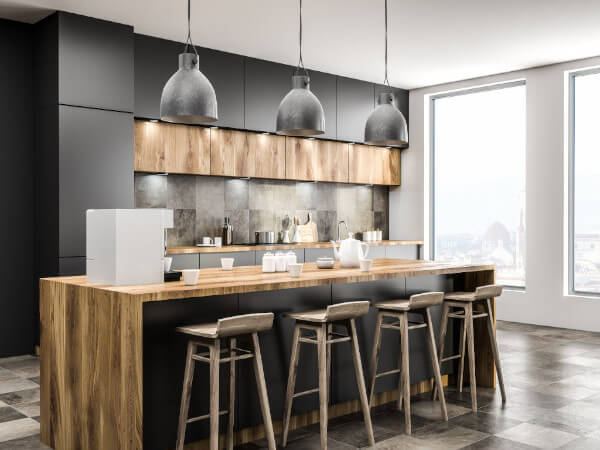Most people are not aware that they can transform their furniture into something that really works for them. The truth is that making your furniture functional can really happen with a bit of thought and some minor adjustments. This is especially useful if you have a small space.
In this article, we will go over some tips to help you maximize your space and transform your furniture so that it works for you.
Here’s all you need to know.
How to arrange furniture in your house
Arranging furniture in your house is all about balance. You want to create an area with a balance that is aesthetically pleasing and functional for the activities you are using it for. Here are some tips on arranging furniture in small spaces.
1. Find ways to make your furniture multi-purposed
This is probably one of the best things you can do when arranging furniture in a room.
Instead of having a separate coffee table, side table, TV stand, etc., try finding one piece of furniture that has multiple purposes.
For example, instead of having separate pieces of furniture, buy a sectional or sofa bed that will allow your guests or family members to sleep comfortably if they are spending the night. Having this option available will not only save you space but allow you to use the furniture in different ways just by rearranging it.
2. Use space wisely – don’t waste any of it
One of the biggest complaints people have about their homes is that they do not have enough room to entertain guests or family members, or even just for themselves when they are relaxing at home. You can easily avoid this problem by using all of the available space wisely.

Image Credit: http://weburbanist.com
Do not make your dining table fit a certain number of people and then never use it again because there is no room. A great way to save space would be to buy a folding table and move it to where you need it instead of having a permanent dining table taking up much-needed space.
Then, when you are done using it, push it out of the way and use that space for something else. This will allow you to maximize your space and avoid turning one room into a storage unit with all of the furniture taking up so much room.
3. Maximize storage space by using the vertical area in your room
A great way to store belongings and save on space is by utilizing the vertical area. For example, instead of stacking books on your coffee table or side table, try storing them vertically in a corner bookcase.
You can also buy hanging shoe racks or organizers that will make use of those empty walls next to doors as well as the top part of closets where there is no room. This is a great way to store clothes, shoes, towels in your bathroom, etc.
4. Make sure you have enough seating for guests, even if it means using a futon or folding chair
One of the most common complaints people have about their homes when they are entertaining is that there are not enough seats for everyone to sit down and relax. Having more than enough seating options will allow all of your guests to sit down comfortably while also leaving some space open for movement around the room – all without bumping into each other. It will make everyone feel more comfortable and at ease during get-togethers with friends and family members.
5. Add some greenery to the room with plants or flowers
Adding plants or flowers to the room is a great way to add some nature to an area and allow your eyes to see something other than furniture. This will also help brighten up the room and give it a more cohesive feel.
6. Make sure you have enough lighting for each space in your home
Having proper lighting doesn’t just mean finding the brightest bulbs you can find and placing them everywhere in the house. It means strategically finding places where there is no light, such as corners or next to doors, and adding lamps or sconces that will give off enough light without being too bright. You want your rooms to look well-lit but not like a crime scene.
7. Place furniture with similar colors together
By placing furniture with similar colors together you are making the room look more cohesive. For example, if you have a brown couch in your living room, try placing it next to another piece of brown furniture like a side table or an ottoman. This will give the space a more solid feel and make it look larger than it is due to everything looking connected.
8. Make use of vertical space when hanging pictures on the wall for your art gallery
Instead of stacking frames on top of each other, place them vertically on the walls by using hooks (you can easily buy these at any home improvement store) or putting nails into the wall without completely hammering them in so they do not go all the way through. This is a great way to turn any wall into an art gallery without having to spend hundreds of dollars on frames.
9. Use baskets, bins, or boxes instead of shelves whenever you can
Shelves are one of the most popular pieces of furniture in homes today but oftentimes people do not think about how much space they take up or how much storage they provide. Baskets, bins, and boxes are a much better alternative because they are lower to the ground.
10. Build a great kitchen island
When it comes to building a kitchen island, you are only limited by your imagination. You can use storage containers, baskets, or even cinder blocks to build an island that will have chairs on one side for seating guests and counter space on the other to make great use of vertical space.
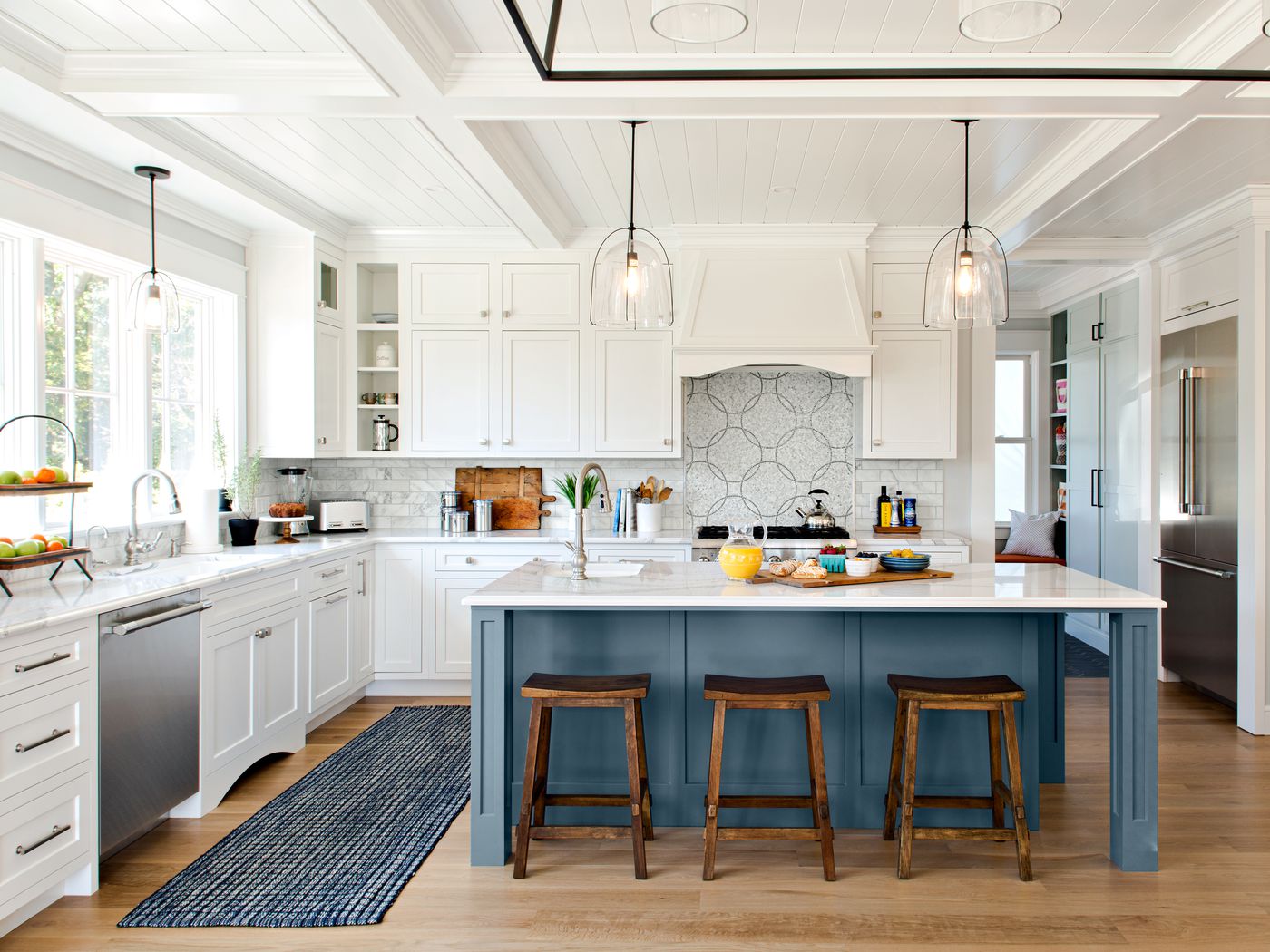
Image Credit: http://thisoldhouse.com
11. Make sure there are plenty of electrical outlets in each room
Outlets are not just needed next to the TV; they need to be easy to access throughout your entire home so you can charge devices easily without having to re-plug them constantly.
12. Use shelves instead of bulky furniture whenever possible
By using shelves instead of bulky furniture like cabinets or dressers you will save a lot of floor space which you can then use for seating, tables, rugs, etc. This is also a great way to store a lot of items out of sight and off the floors.
13. Use furniture with storage whenever possible
Furniture with built-in drawers, cabinets, or cubbies is a great way to cut down on clutter as you can keep things hidden away in the drawers instead of on tables or chairs where they can be seen by guests or become an eyesore for yourself. If you have bulky items that you have no other use for, consider getting a storage bench that will provide even more storage space while also being a comfortable place to sit.
Final thoughts on transforming furniture for small spaces
In conclusion, transforming furniture does have a lot of benefits for people living in small spaces. Although this may be costly, this is a one-off expense that will create massive changes within your home. Without it, your home would just continue to look bare and empty with not much to look at or anything unique about it.
Having the right furniture will create the perfect finish for your home and I would highly recommend anyone to think long and hard about how to make the best use of their space.
The post Transforming Furniture For Small Spaces appeared first on Kitchen Infinity.
Did you miss our previous article…
https://chefbuano.com/?p=637
